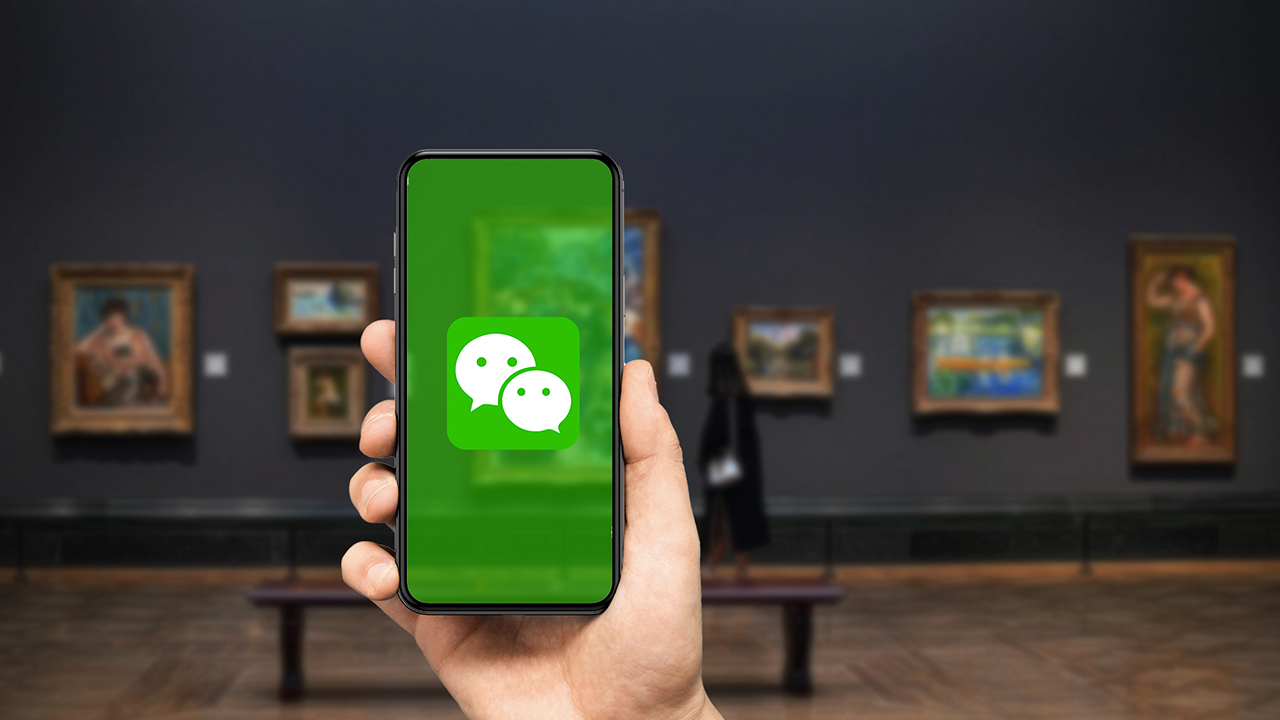On Aug 5, President Trump announced two executive orders to ban WeChat and TikTok. JT is covering the story as it develops with an emphasis on the potential impact upon the culture and tourism industries. You can catch up on our coverage here, stay tuned for more.
Back in May, 11 U.S. museums collaborated with Tencent to launch on WeChat. It seemed, at the time, like a giant step forward for some of the country’s most prestigious cultural organizations, both functionally and symbolically.
“Museums in the Cloud” promised to arm the likes of New York’s Guggenheim Museum, San Francisco’s Walt Disney Family Museum, and Salem’s Peabody Essex Museum with a new set of digital tools. It also showed a long-term willingness to invest in China, even at a time of closure brought about by a global pandemic.
In the wake of Trump’s proposed WeChat ban, however, it appears to have been a chronically ill-timed maneuver.
We spoke to numerous U.S. cultural institutions for whom WeChat has become a vital tool for engaging Chinese audiences to better understand their thinking at this time:
Museum of Modern Art, New York
“China is one of our top markets and we put heavy resources on it, but we are a non profit organization and it takes great effort and staffing to build and develop audiences [on social media]. We are happy focusing on WeChat and Weibo for now. Carly McCloskey, Assistant Director of Tourism Sales and Marketing
Brooklyn Museum
“We were in talks about further developing the Mini Program, but didn’t see it come to fruition sadly due to the pandemic. I am always open to engaging China and worked so hard last year to do so, but everything has been so up in the air regarding tourism and haven’t been able to navigate this while focusing on sustaining our staff and collection.” Laval Bryant, Manager of Groups and Tourism
Art Institute of Chicago
“We are on three channels WeChat, Weibo, Lvzhou and at this time we don’t plan to add anymore social media channels, but we are always looking for new ideas and opportunities. Julie White, Marketing Manager
Corning Museum of Glass
“We use WeChat to stay in touch with our Chinese tour operators and potential guests. It would be challenging to see it go away, but our Sales team works closely with tour operators through a variety of capacities.” Melissa Rose, Group Sales Manager
JT Take:
“Museums in the Cloud” was the latest evidence of U.S. cultural organizations getting a toehold in China’s vast and largely idiosyncratic social media landscape via WeChat.
Tencent recognizes this intimidation factor; WeChat Go, the branch responsible for coordinating the initiative, focuses exclusively on facilitating connections between overseas attractions and Chinese tourists.
Numerous U.S. organizations including The Metropolitan Museum of Art, The Art Institute of Chicago, and The Getty have long been active on WeChat through Official Service Accounts similar to organization Facebook pages. These allow cultural institutions to post stories, upload maps, answer visitor questions, and sell tickets.
Although the ban potentially problematizes future collaborations between U.S. organizations and Tencent, it seems unlikely to curtail cultural engagement on WeChat altogether. The platform serves too many essential functions to be abandoned.



